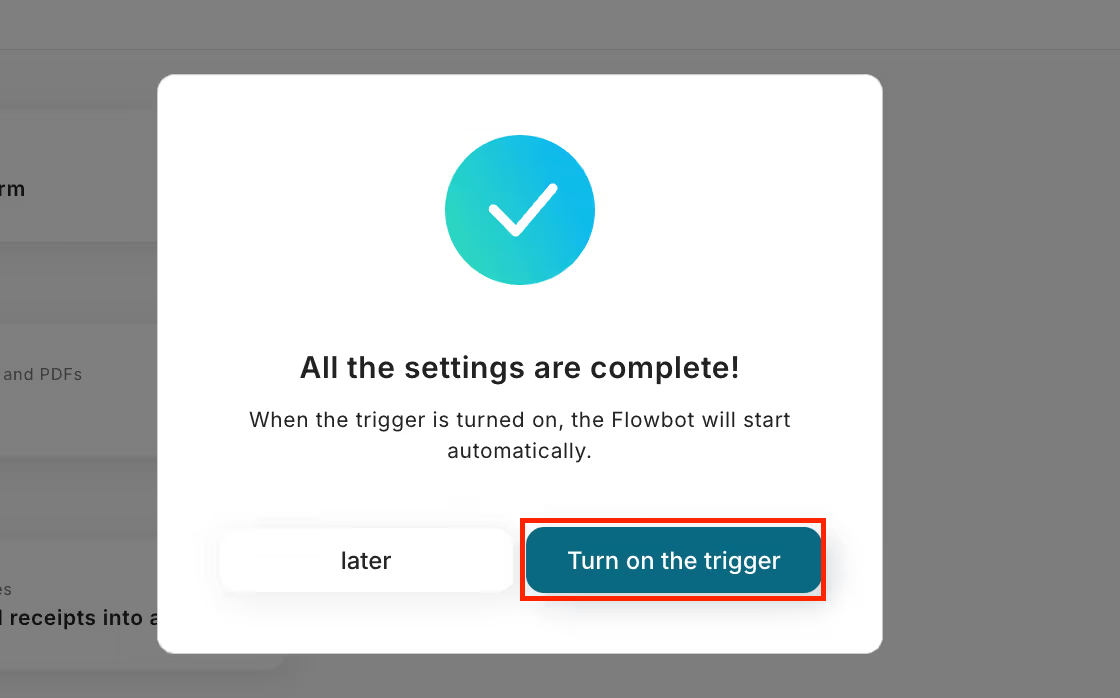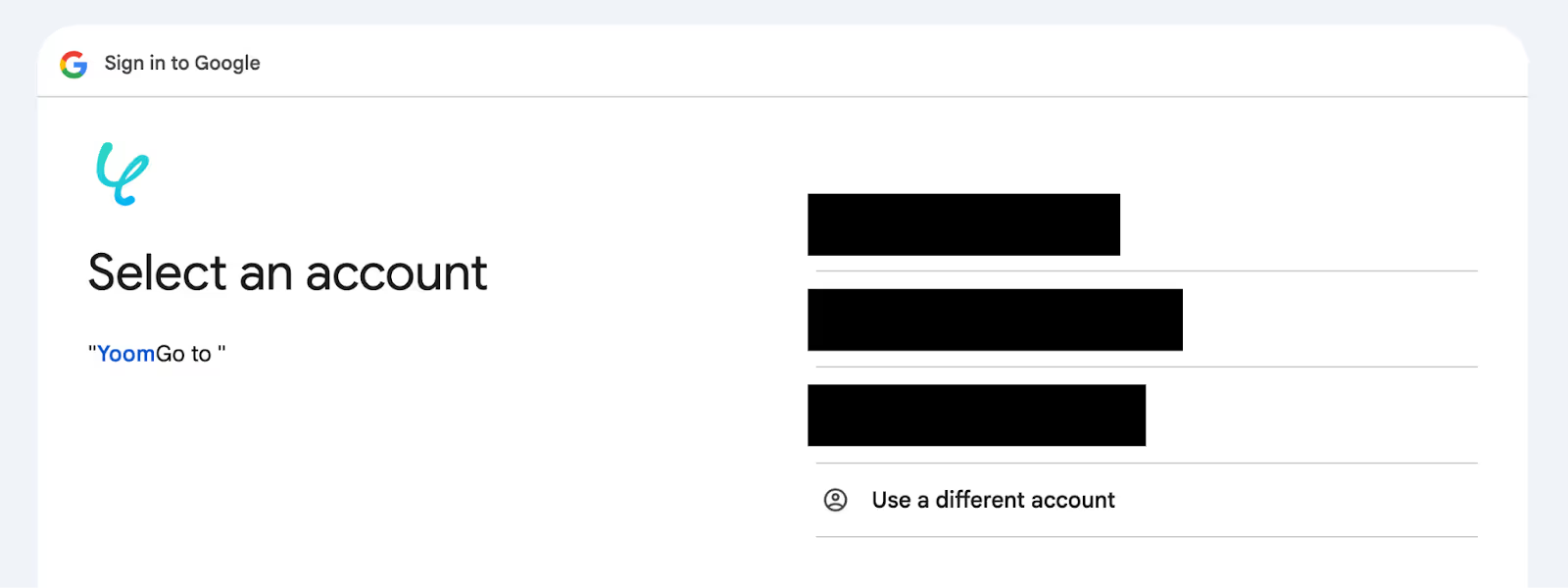Step 2: Set Up Schedule Trigger

The initial setting is "On the 1st of every month".
Let's set up the trigger using Yoom's scheduling feature.

The trigger is set to activate at the specified time on the 1st of every month.
You can also specify using days of the week or Cron settings. In that case, make sure to adjust the title accordingly.
Once the settings are done, click "Save" to complete the trigger setup.
Step 3: Set Up to Retrieve Specific Folder Information

The next setting is "Retrieve a list of files and folders within a specific folder".
On the first page, check the account information of the Google Drive linked with My Apps.

Check the account information and make any necessary title adjustments before proceeding.

After selecting the folder ID, click "Test" to retrieve the information within the folder.

Once the test is successful, you can retrieve a list of file IDs and file names.
After confirming, click "Save" to complete the folder information retrieval setup.
Step 4: Set Up for Repeating Processes

Next is the setting for "Repeat the same process".
Here, we will use branching settings.
<span class="mark-yellow">Branching is available in the Mini Plan and above, and repeat processing is available in the Team Plan and above.</span> If your plan is not applicable, the operation of the flowbot you set will result in an error, so please be careful.
Paid plans offer a 2-week free trial. During the free trial, you can use restricted apps and features (operations).

The above settings are the default.
This setting repeats the flow (repeats deletion) according to the "list of file IDs" obtained in the previous setting.
If you want to add conditions, add them with "Add Output".
If no changes are needed, click "Save" to complete the branching setup.
Step 5: Set Up to Delete Files

The final setting is "Delete Files".
On the first page, as before, check the account information and adjust the title.

The deletion conditions are set as shown above. The loop variable is necessary to repeatedly delete data within the file.
※No need for modifications, so click "Test" as is.
Once successful, click "Save" to complete all settings.
Finally, turn on the trigger to activate the flow.

Now, the files in Google Drive will be automatically deleted on the 1st of every month.
The flow you set is as follows:





















.avif)








